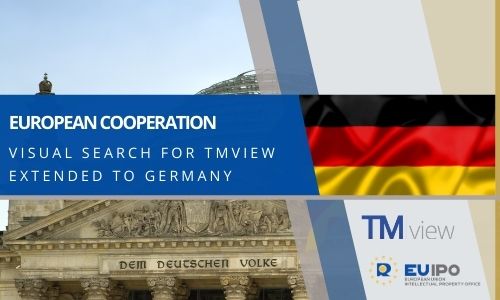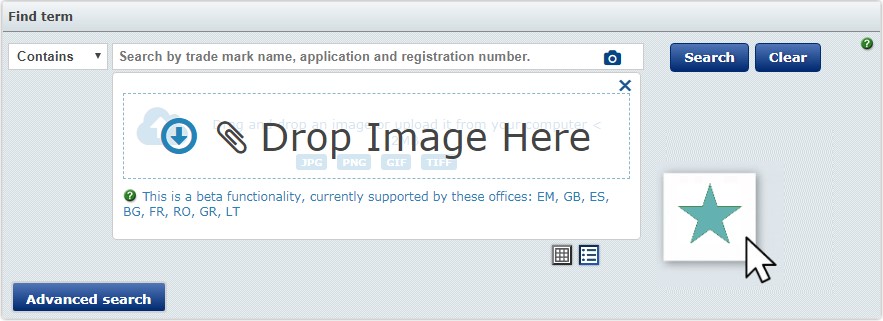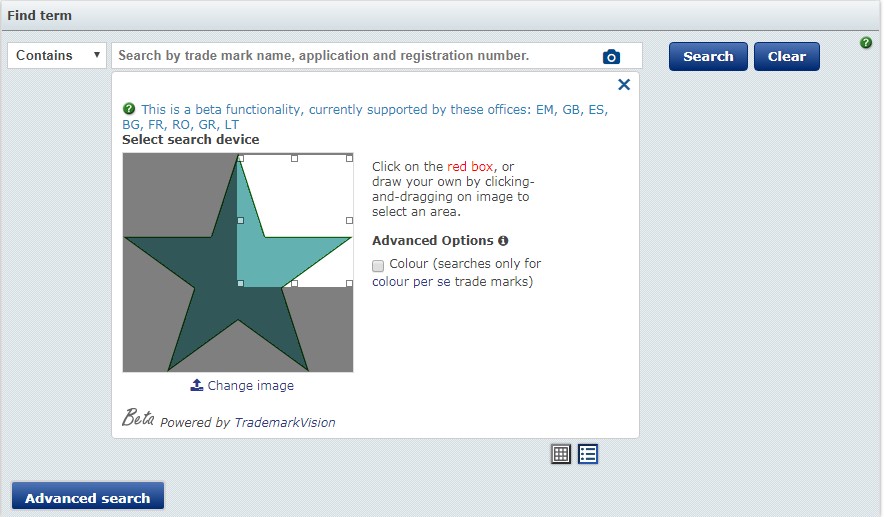Press release – Press Conference by EP President Sassoli on summit, Brexit and long-term budget

When: Thursday 10 December – 14.30
Where: EP Press room and via Interactio
President Sassoli is set to convey Parliament’s position and answer journalists’ questions regarding Brexit, the EU’s long-term budget, the coordination of COVID-19 measures, the fight against terrorism and violent extremism, relations with Turkey and climate change.
Interpretation will be available at the press conference in Italian, English, French and German.
Journalists wishing to actively participate and ask questions, please connect via Interactio by using the link https://broadcaster.interactio.io/join?code=HIAGWR22EJPB.
You can also follow it live from 14.30 via Parliament’s webstreaming and EbS.
Information for the media – Use Interactio to ask questions
Interactio is only supported on iPad (with the Safari browser) and Mac/Windows (with the Google Chrome browser).
When connecting, enter your name and the media you are representing in the first name / last name fields.
For better sound quality, use headphones and a microphone. Interpretation is only possible for interventions with video.
Journalists who have never used Interactio before are asked to connect 30 minutes before the start of the press conference to perform a connection test. IT assistance can be provided if necessary.
For more details, check the connection guidelines and recommendations for remote speakers.




